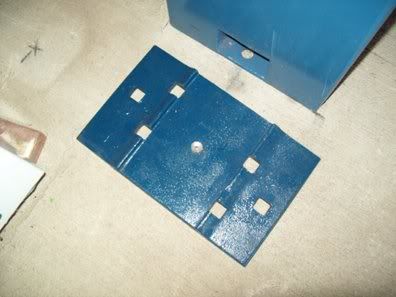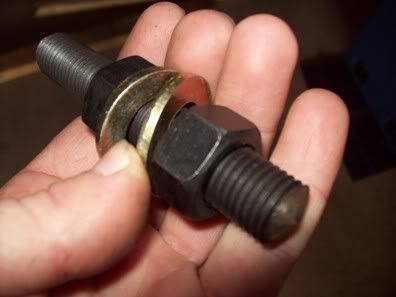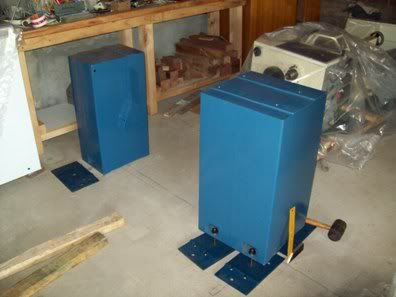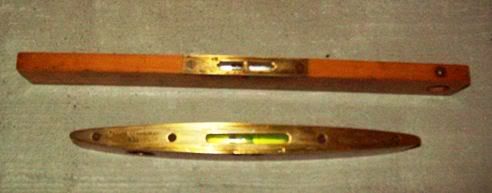Just a little note.
When moving heavy machinery by hand, you can use sheets of metal underneath it and push it around as though it is on ice. Not recommended to put a machine onto metal sheets for a permanent fix.
No matter how large or small a machine is, unless it is levelled and rigid, you will never get the best out of it.
Just doing the old machinist thing of resting your backside on the edge of the drip tray at the tailstock end while rolling a smoke can induce bad finishes and wrong sizes, or a workmate coming up and leaning against the headstock while you are machining can do the same thing. No matter how large the machine, they are flexible. The more expensive, and so with heavier castings, the less flexible, but still they flex.
This has been discussed at great length on here before about bolting down or free standing.
The general concensus, even in industry, that if large temperature fluctuations are encountered in the workplace, the machines should not be bolted down, as the machines can bend and flex because they expand and contract at different rates than the floor they are bolted to. It is better to have them free standing on feet.
Cushion mounts for machines, personally I have doubts about. I have used them for my largish compressor, purely to reduce noice and vibrations, but I wouldn't like any precision machine of mine sitting on flexible pads.
My mill is sat on small stainless plates to get it levelled up. Then silicone around the edges of the plates to stop the machine going walkabouts, after letting it settle for a few weeks.
The lathe, I did the same as Jason, but in my case, there were 8 x 16mm holes, and so used 16mm bolts, with the cast in writing on the heads left on to facilitate some sort of grip into the concrete floor. I tried to move my machine into a slightly different position using two people with pry bars, it was impossible to get it to slide. We had to get the feet off the floor before it would move. Using the bolts method, it is very easy to level up, and I have found after the initial settling in, it hasn't moved since.
Maybe something to ponder over.
Blogs










